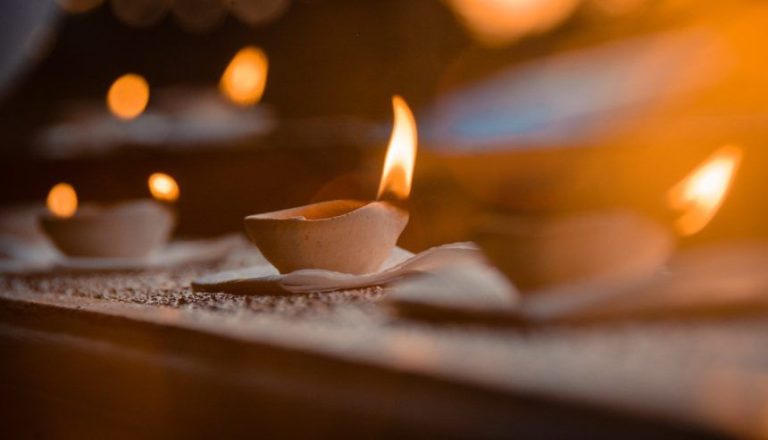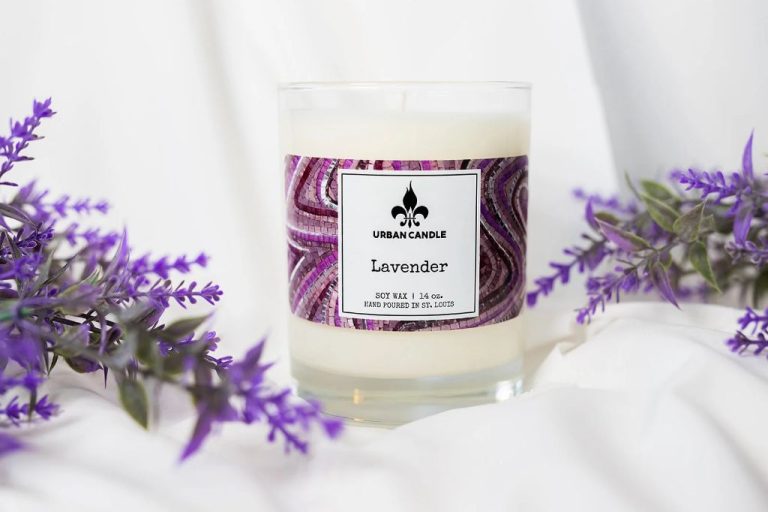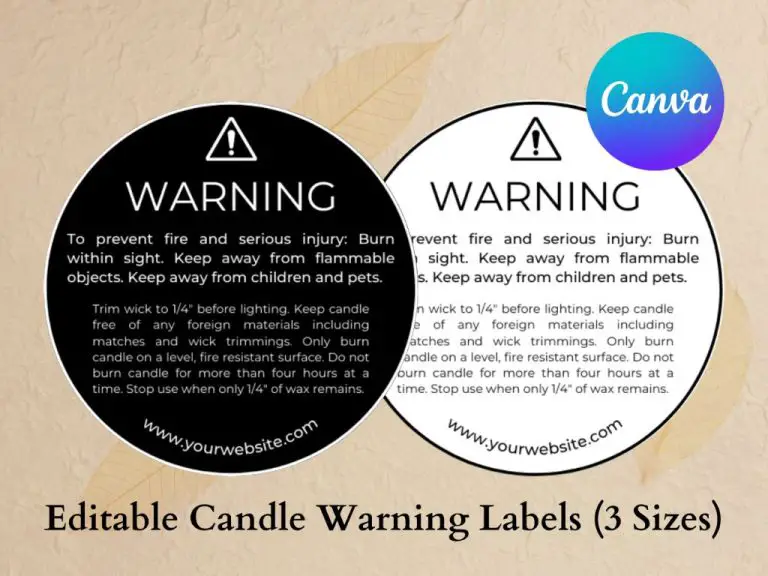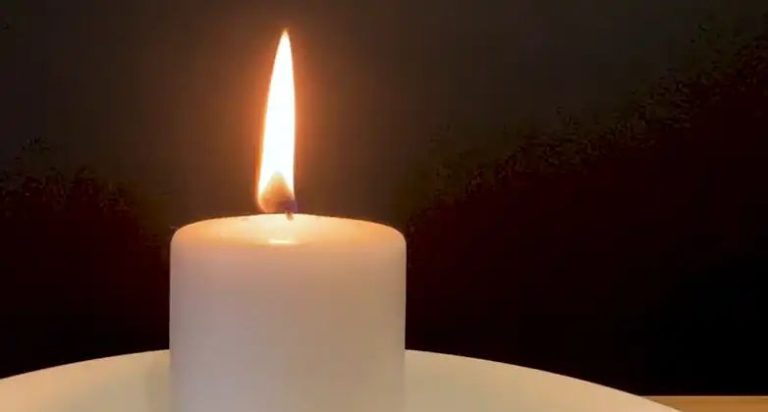Can You Use Any Candle On A Candle Warmer?
What is a Candle Warmer?
A candle warmer is an electric device used to melt candles without the need for an open flame. It works by using a low wattage heating element at the bottom of a bowl or plate to gently warm the bottom of a candle, melting the wax so that the scent is released into the air. Unlike burning a candle with a traditional wick, a candle warmer does not produce smoke or soot.
Candle warmers come in many styles, but they all work on the same basic principle. A low-power lightbulb, ceramic heating element, or electric warming plate is contained in a housing that sits just below where the candle is placed. When the candle warmer is plugged in and turned on, the heating element gently raises the temperature of the surface, warming the bottom of the candle until the wax pools and liquefies. This allows the scent and aroma oils in the candle wax to be released into the air so you can enjoy the candle’s fragrance.
The main advantage of using a candle warmer compared to burning a candle directly is that it eliminates the open flame and risk of fire. Candle warmers are considered a safer way to enjoy candle scents, especially around children and pets. Since the wax never reaches high enough temperatures to combust, you don’t end up with smoke, soot, or dripping wax. Candle warmers allow you to enjoy the smell of a scented candle for hours without lighting a wick.
Candle Wax Types
The type of wax used to make a candle impacts how it performs and melts. Common candle waxes include paraffin, soy, beeswax, and gel. Each wax has different characteristics:
Paraffin wax – This petroleum-based wax is the most widely used for candles. It’s inexpensive, easy to work with, and provides a high-quality burn. Paraffin wax has a melt point between 115-160°F.
Soy wax – Made from soybeans, this renewable and eco-friendly wax burns cleanly. Soy wax melts at lower temperatures of 115-135°F. It’s soft and prone to frosting.
Beeswax – Natural, non-toxic beeswax has a honey aroma. It’s durable but expensive. Beeswax melts between 143-170°F.
Gel wax – Clear and thick like gelatin, gel wax allows vivid candle colors. It has a high melt point of 160-200°F. Gel candles burn slowly with a pool of liquid wax.
Knowing the melting point of the wax allows you to choose candles appropriate for your warmer’s temperature settings. Lower melt point waxes like soy and paraffin often work best.
Jar vs Votive vs Pillar Candles
Candles come in a variety of shapes and sizes for different uses. Here is an overview of some of the most common candle types:
Jar Candles: These are candles that are contained in a glass jar. They typically have a wider diameter wick to accommodate the larger melted wax pool. Jar candles are ideal for candle warmers because the jar catches any melted wax and contains the flame if the wick were to be lit. Jar candles come in many sizes, shapes and fragrances.
Votive Candles: Votive candles are short and stout in shape to fit in votive candle holders. They are approximately 1-3 inches tall and 1.5 inches in diameter. Votive candles are another popular choice for warmers because many warmers are designed for their size. When lit, votive candles provide ambience from their flickering flame. Votives are commonly used in restaurants on tables.
Pillar Candles: Pillar candles are tall, thick and cylindrical in shape. They can range in diameter from 2 inches to over 5 inches for very large pillars. Pillar candles are not typically used in candle warmers because their shape does not contain the melted wax. Pillars are mainly used as decorative candles that are lit to provide ambience and lighting.
Safe Candle Materials for Warmers
Candle warmers heat candles from underneath, so it’s important to choose candle materials that can withstand the heat. When selecting candles for use with a warmer, the most important factors are the wax type and wick type.
These wax types are safe for candle warmers:
- Paraffin – This is the most common candle wax and works well in warmers. It has a low melting point which makes it easy to melt.
- Soy – Made from soybeans, this natural wax also melts well at low temperatures.
- Beeswax – Pure beeswax candles are safe for warmers as they have a low melting point.
- Palm Wax – Derived from palm oil, palm wax performs similarly to paraffin in warmers.
- Coconut Wax – This natural wax made from coconut oil melts easily and absorbs fragrance oils well.
Avoid candles with these wick types in warmers:
- Cotton – Cotton wicks tend to mushroom or bend over when heated from below. This poses a fire hazard.
- Paper-cored – The paper core of these wicks can ignite. Opt for cotton-cored wicks instead.
- Wicks with synthetic fibers – These also bend and mushroom more readily under a warmer’s heat.
Choosing the right wax and wick combinations will allow you to safely use candles in your warmer and enjoy the aromas.
How to Use Any Candle in a Warmer
The key to safely using any candle in a warmer is proper wick preparation and monitoring the melt pool. Here are some tips:
Trim the wick – Long wicks tend to produce more soot. Trim wicks to 1⁄4 inch before placing in the warmer.
Use foil to raise the candle – If the candle is small for the dish, wrap foil around the bottom to raise it closer to the lamp. This helps melt the entire top layer of wax.
Keep an eye on the melt pool – Check back often to ensure the entire top layer of wax is liquefying. If not, the wick may need trimming or the candle adjusted.
Watch for soot – Dark smoke indicates the wick is too long. Trim the wick or remove the candle to avoid excessive soot.
With proper care, you can safely use votives, pillars, jars, and more in your candle warmer. Just be vigilant about wick length and melt pool coverage. A little testing and adjustment can make any candle work beautifully.
Warming Citronella and Beeswax Candles
Citronella and beeswax candles have unique properties that require some special considerations when using a candle warmer.
Tips for Warming Pest Repellent Candles
Citronella candles contain natural oils that help repel insects like mosquitoes. The oils can have a strong scent when warmed on a candle warmer. Here are some tips for getting the most out of citronella candles:
- Place the candle warmer in an outdoor location where bugs are problematic. An outdoor patio or deck works well.
- Do not leave the citronella candle burning unattended. Monitor occasionally.
- Add water to the warmer reservoir instead of oil. This will prevent overheating the oils.
- Try warming citronella candles for short periods of time, such as during an outdoor dinner or event.
- Combine citronella with other pleasing scents like vanilla or lemon to make the aroma more pleasant.
Guidelines for Melting Beeswax
Beeswax candles require lower temperatures to melt compared to paraffin wax candles. Follow these tips when using beeswax with a candle warmer:
- Use lower heat settings on your warmer to prevent overheating.
- Cut beeswax into smaller pieces before placing in the warmer if using jar candles.
- Stir the wax occasionally to help it melt evenly.
- Avoid flameless wax melts – stick to pure beeswax candles.
- Add water instead of oil to the reservoir.
- Monitor the warmer closely until beeswax is completely melted.
With the right care and precautions, citronella and beeswax candles can be safely used with most candle warmers.
Votive vs Jar Candle Warmers
Candle warmers come in two main styles – votive warmers designed for tealight candles, and jar warmers for standard jar candles. Both have their advantages and disadvantages.
Votive Warmers
Votive candle warmers are designed specifically for tealight or votive candles. They often have small trays with multiple slots to hold several votive candles at once.
Pros:
- Designed for votive candles so they fit perfectly
- Allow multiple votives for more fragrance
- Smaller and more portable
- Often less expensive
Cons:
- Only work with smaller votive or tea light candles
- Need to replace votives more frequently
- Difficult to use large jar candles
Jar Warmers
Jar candle warmers are designed for standard large jar candles. They have a single larger warming plate to hold a jar candle.
Pros:
- Made for larger jar candles
- Only need to replace jar infrequently
- Bigger fragrance throw
- Warms large rooms effectively
Cons:
- Not as portable
- Only fit one jar candle at a time
- More expensive than votive warmers
- Not made for small votives
Tips for Using Votive vs Jar Warmers:
- Use jar warmers for large open rooms, votives for small spaces
- Combine votive and jar warmer to layer scents
- Clean warmers regularly to prevent wax buildup
- Use oven mitts when handling hot candles
- Never burn a candle on a warmer, only melt wax
Safety Tips
Candle warmers provide a flameless alternative to traditional candles, but they still require caution to use safely. Here are some important safety guidelines when using a candle warmer:
Don’t Leave Unattended – Just like burning candles, you should never leave a candle warmer unattended for an extended period of time. Warmers can reach high temperatures, so be sure to turn it off if leaving the house or going to sleep.
Proper Placement – Position your candle warmer on a stable, flat surface away from edges. Make sure it’s at least 3 feet away from flammable items like curtains or furniture. Never place on cabinets or shelves that children or pets could accidentally knock over.
Supervise Children – Candle warmers with exposed warmers can burn if touched. Do not allow young children to be near or operate a candle warmer without adult supervision.
Use Caution Around Pets – Pets may try to investigate or play with a candle warmer out of curiosity. Make sure to place it safely out of reach of pets to avoid burns or tip-overs.
Following basic precautions will allow you to reap the benefits of candle warmers safely. Take care in placement, don’t leave unattended, and keep out of reach from children and pets.
Maintaining Your Warmer
Keeping your candle warmer clean and well-maintained will help it function properly for years to come. Here are some tips for maintaining your warmer:
Clean the dish: Remove wax buildup by wiping the warmer dish with a paper towel. For stubborn wax, allow the warmer to cool completely and then use a plastic scraper. Avoid harsh chemicals.
Replace parts: The light bulb, fragrance dish, bulb cover, and plug-in adapter may need replacing over time. Check manufacturer guidelines for when to replace parts to keep your warmer working safely.
Inspect the cord: Make sure the power cord is not frayed or damaged. Replace cords that look worn or faulty.
Check for damage: Look for any cracks or breaks in the ceramic dish or outer casing. Discontinue use if you see any damage.
Carefully clean the vents: Use a dry cloth or cotton swab to remove any dust buildup from the vents to allow heat to dissipate properly.
Wipe down the exterior: Keep the outside of your warmer free of dust and stains by occasionally wiping with a clean, dry cloth.
By regularly maintaining your candle warmer, you can enjoy this convenient candle heating system for many years!
Enjoying Candle Warmers Safely
Candle warmers provide an enjoyable way to scent your home without an open flame. By following some key safety tips, you can get the most out of your candle warmer safely.
First, always place your warmer on a stable, level surface away from anything flammable. Read the manufacturer instructions so you understand proper use. Never leave a candle warmer unattended for long periods. Unplug the unit when not in use.
Use a timer or auto shut-off function if your warmer has one. Trim wicks to 1⁄4 inch before each use to prevent smoking. Make sure the candle fits properly in the warming plate dish. Always use the recommended wattage light bulb.
Clean your warmer regularly by unplugging, allowing it to cool fully, and wiping away any wax buildup with a soft cloth. Avoid moisture near electrical components. Store out of reach of children and pets when not in use.
The benefits of using a candle warmer include ambiance without open flames, reducing risk of fire or wax spills. You can reuse old candle jars and enjoy your favorite scents longer. Warmers allow you to access the aroma of candles without lighting them.
With some simple safety steps, candle warmers can provide a pleasant way to scent your home safely for years to come.





